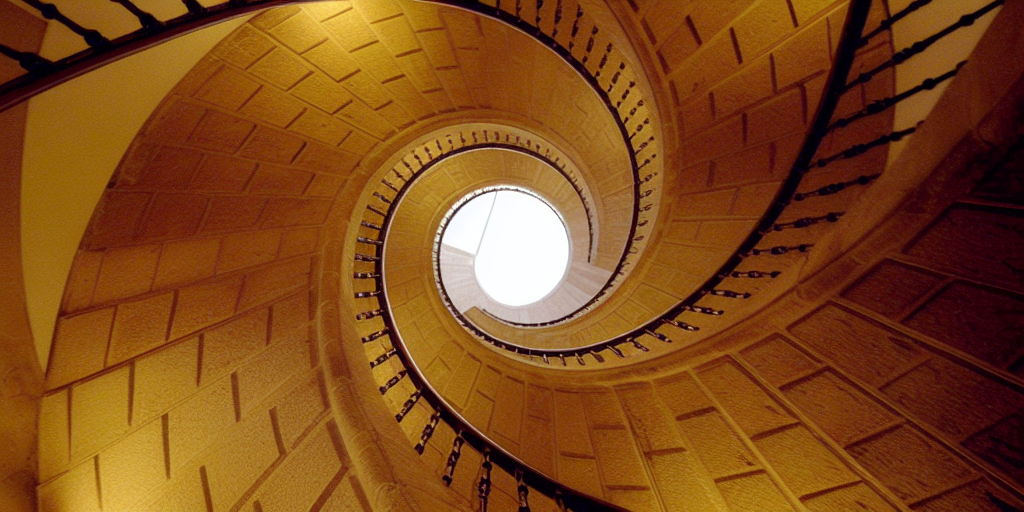Speakers
Description
Nuclear Magnetic Resonance (NMR) experiments traditionally require high magnetic fields to achieve sufficient signal contrast. However, there is a growing interest to develop low-field NMR. On the one hand, because it is lower-cost and less-invasive than standard NMR; and on the other hand, due to its potential to resolve J couplings and Quadrupolar interactions with higher resolution. These couplings are interesting because they encode relevant structural information of the sample. In this regard, we introduce a variation of the AERIS (Amplitude- Encoded Radio Induced Signal) protocol adapted to the relevant case of low-field NMR in microscale samples targeted by nitrogen vacancy (NV) center ensembles. Via the judicious application of an RF field that bridges the fast precessing NVs and the slow nuclear oscillations, we reach detection of energy shifts associated to structural parameters with a large spectroscopic precision.
